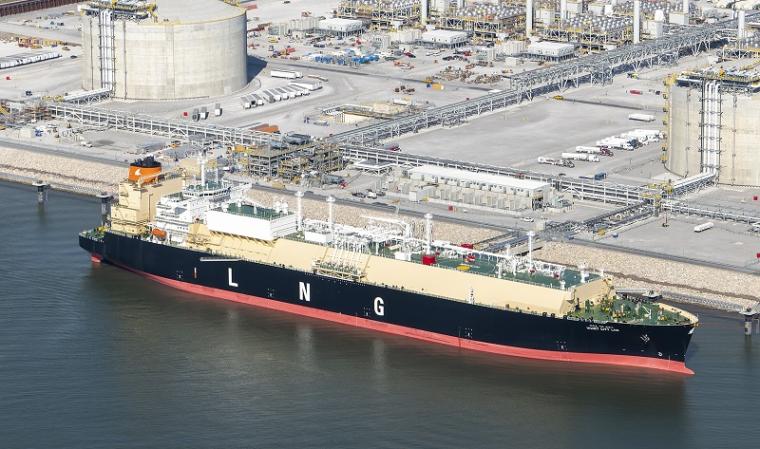
The energy business has become extraordinarily complex. But Louisiana's strategy for the sector can be summed up in four words: All of the above.
Louisiana is supporting vital oil and gas interests while pursuing hydrogen, solar, wind, alternative fuels, electric vehicle battery and CO2 emissions-reduction projects. The state is reinforcing its critical role in the global LNG supply chain as well, including hosting the largest liquefied natural gas (LNG) export terminal in the U.S.

And the strategic support is working because Gov. John Bel Edwards makes balancing the complexities a priority.
Louisiana is taking concrete steps towards meaningful implementation of 84 policy-specific actions in its Climate Action Plan. Enacted by Gov. Edwards, it is the first-of-its-kind in the Gulf South. Drawing a path to net zero emissions, the plan lays evident that the economy of the future will be powered by renewable energy.
The state’s location, geographic features, robust infrastructure and low-cost business climate make it a natural fit, and its skilled energy and offshore workforce add another unique advantage. The evolution of the industry and increased production demand also provide major opportunities for manufacturing in Louisiana.
Plenty of innovation is underway. LM Wind is a leading global blade manufacturer whose facility in New Orleans East is the only wind engineering technology center in the country. And, Gulf Wind Technology bills itself as the leading turbine rotor technology specialist in the country. The company is based at the former Avondale Shipyard, a railroad-connected property that spans 254 acres along the New Orleans Mississippi River waterfront. It’s a perfect example of a turnkey-ready compound available to serve as a staging ground for the development, production and transport of offshore wind components.
The state is already involved with existing wind installations. Experienced offshore oil and gas contractors from Louisiana played essential roles in planting Block Island Wind Farm’s massive turbines in the waters off the Rhode Island coast. The federal government also recently selected the first two areas for offshore wind development in the Gulf of Mexico and a 174,000-acre area south of Lake Charles was selected as one of the two sites.
The state’s higher ed institutions support these developments.
The University of New Orleans, in partnership with the UNO Research & Technology Foundation, launched the Louisiana Wind Energy Hub at UNO. Located at The Beach at UNO, the university’s research and technology park, the hub will offer offshore wind energy coursework to engineering students.
Hydrogen production is set to quadruple by 2030. Louisiana is preparing for the surge – upskilling members of a well-established energy workforce and training future researchers and engineers in low-carbon technologies.

One such program exemplifies the state’s ambitions. H2theFuture is a multifaceted, groundbreaking plan to create an offshore, wind-powered hydrogen energy industry cluster in south Louisiana. The funding comes from a $50 million U.S. Economic Development Administration’s Build Back Better Challenge grant and $24.5 million in matching state money.
H2theFuture officials say Louisiana is well-positioned to become the energy state of the future, as a user and a producer. The state's current customer base consumes 30 percent of the country’s industrial hydrogen, and has unmatchable infrastructure – a dense network of hydrogen pipelines, the largest port complex in the Western Hemisphere and practically limitless potential for offshore wind energy to generate the renewable electricity.
Louisiana’s private sector has announced over $20 billion of hydrogen energy projects. Much of that includes projects aimed at producing “green hydrogen,” a zero-carbon process that can decarbonize end-users, such as petrochemical plants and refineries, and hard-to-abate industries, such as long-haul road/maritime transportation.
With an influx of investment and a skilled workforce, Louisiana is moving toward what could be one of the state’s largest economic boosts. And companies are taking notice. As Cleco President and CEO Bill Fontenot said, “In Louisiana, we have the natural resources, the ingenuity, the geology, the people and the infrastructure to transform the power industry as we know it.”
For more information, click here to view Louisiana’s Climate Action Plan.

There are no comments
Please login to post comments